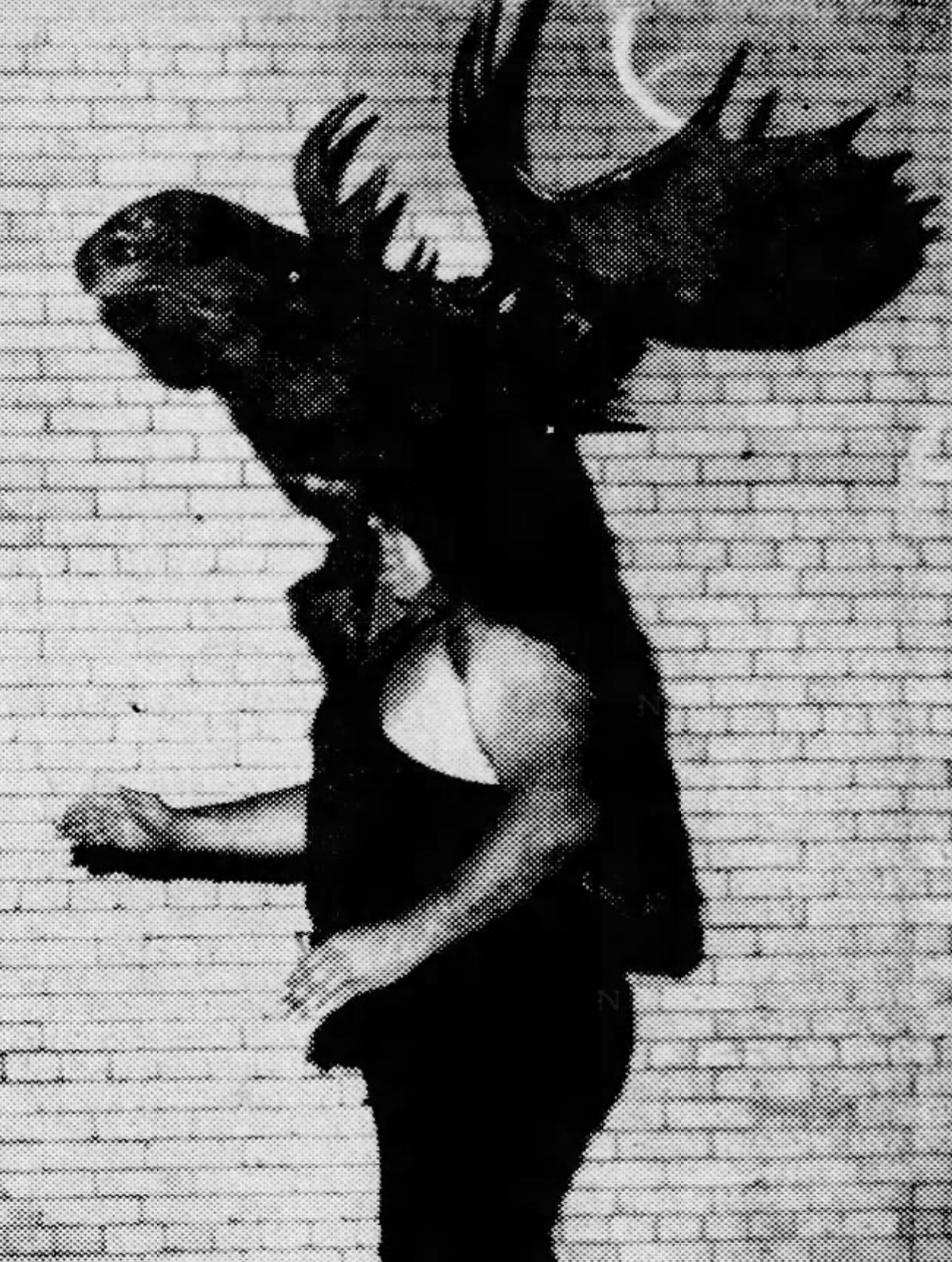James Ranicar Blears (August 13, 1923 – March 3, 2016), better known as Lord James “Tally-Ho” Blears, lived a life that reads like an adventure novel. A survivor of wartime atrocities, a professional wrestling villain draped in cape and monocle, a promoter, announcer, actor, and the “voice of Hawaiian surfing”—Blears managed to carve out legendary status in at least three different worlds: wrestling, film, and the beach.
Early Life and Brush with Death
Born in Tyldesley, Lancashire, England, Blears was a gifted swimmer in his youth, good enough to be selected for Britain’s 1940 Olympic team—a dream cut short by the outbreak of World War II.
At just 17, he enlisted in the Merchant Navy as a radio officer. His life took a harrowing turn in 1944 when his ship, the SS Tjisalak, was torpedoed by a Japanese submarine. Survivors were captured, and most were executed. Blears escaped execution by leaping into the sea and clinging to life in a lifeboat. Rescued days later, he was given a can of peaches by U.S. sailors—a gift he honored annually by eating peaches every March 29 for the rest of his life.
It was the kind of trauma that might break a man. For Blears, it became the foundation for a flamboyant second act.
The Rise of “Lord Blears”
Blears learned wrestling at the YMCA and debuted in 1940, wrestling sporadically during the war years. After relocating to New York in 1946, he shared an apartment with Stu Hart and Sandor Kovacs, names that would become pillars in wrestling history.
By the early 1950s, he had created his most enduring identity: “Lord James Blears”, the archetypal snooty British aristocrat. With a cape, monocle, and cane, he taunted American audiences, sneering at the “commoners” while soaking in the jeers. Accompanied by his manager, Captain Leslie Holmes, he perfected the art of the villainous heel at a time when television was beginning to broadcast wrestling to the masses.
Tag Team Success
In 1952, Blears teamed with Lord Athol Layton, creating a tandem that dominated the tag scene. Managed by Holmes, they captured the NWA World Tag Team Championship (Chicago version) in 1953 under Fred Kohler’s promotion. Blears also found success in San Francisco and California, where he became a staple of Worldwide Wrestling Associates (WWA), holding the International TV Tag Team Titles eight times between 1954–1957.
Though never a top singles champion, Blears was a reliable draw, whether challenging legends like Lou Thesz in Australia or running tag feuds across North America.
Hawaii and the Promoter’s Chair
By the late 1950s, Blears found a new home in Hawaii, where he not only wrestled but became a pillar of the local scene. He captured the NWA Hawaii Heavyweight Championship in 1961 and multiple reigns with the Hawaii Tag Team belts. More importantly, he transitioned behind the scenes, becoming a booker, promoter, and announcer for 50th State Big Time Wrestling, the territory that made Honolulu a hotbed of wrestling for decades.
Blears’ connections were global. After befriending Japanese legend Rikidōzan, he became a trusted liaison between Japan and the United States. When Giant Baba launched All Japan Pro Wrestling, Blears arranged tours for Western stars like Dynamite Kid, Davey Boy Smith, and Don Leo Jonathan, effectively bridging international wrestling markets.
From 1973 to 2001, he even appeared on All Japan broadcasts as the on-screen Chairman of the Pacific Wrestling Federation (PWF), cementing his role as a respected authority figure.
Beyond Wrestling – Movies and Surfing
Blears wasn’t just a wrestling personality—he became a pop culture figure in Hawaii. He provided commentary for the AWA in the 1980s (famously refereeing the Hulk Hogan vs. Nick Bockwinkel bout at Super Sunday 1983), but he also branched into film and television.
-
Appeared in The Endless Summer (1966) as himself.
-
Featured in The Wrestler (1974) alongside Verne Gagne.
-
Played roles in North Shore (1987), Hawaii Five-O, and Magnum, P.I.
But perhaps his greatest second act was in surfing. As a commentator and master of ceremonies for countless surfing competitions, Blears became known as the “voice of Hawaiian surfing.” His children—including Jimmy Blears and Laura Blears Ching—became champion surfers, carrying on the family’s imprint on the waves.
Personal Life
Blears married Leonora “Lee” Adelaina, and together they raised four children, all of whom became prominent surfers. He legally changed his name to “Lord Blears,” fully merging his wrestling persona into his life.
Even into his later years, bedridden after refusing hip surgery, he remained a beloved figure. He passed away on March 3, 2016, in Honolulu at age 92—nearly seven decades after surviving one of the darkest moments of World War II.
Legacy
Lord James Blears’ story is remarkable because it transcends wrestling. He was:
-
A wartime survivor, one of the few to escape the Tjisalak massacre.
-
A pioneering heel in wrestling, mastering the “aristocratic villain” gimmick.
-
A tag team star, holding multiple NWA and WWA championships.
-
A promoter and talent liaison, instrumental in connecting U.S. and Japanese wrestling.
-
A surfing icon, whose voice and presence became synonymous with Hawaiian surf culture.
Blears embodied reinvention—whether in the ring with his monocle and cane, at ringside with a microphone, or on the beaches of Hawaii narrating surfing competitions. His life was a rare blend of tragedy, theatrics, and triumph.
